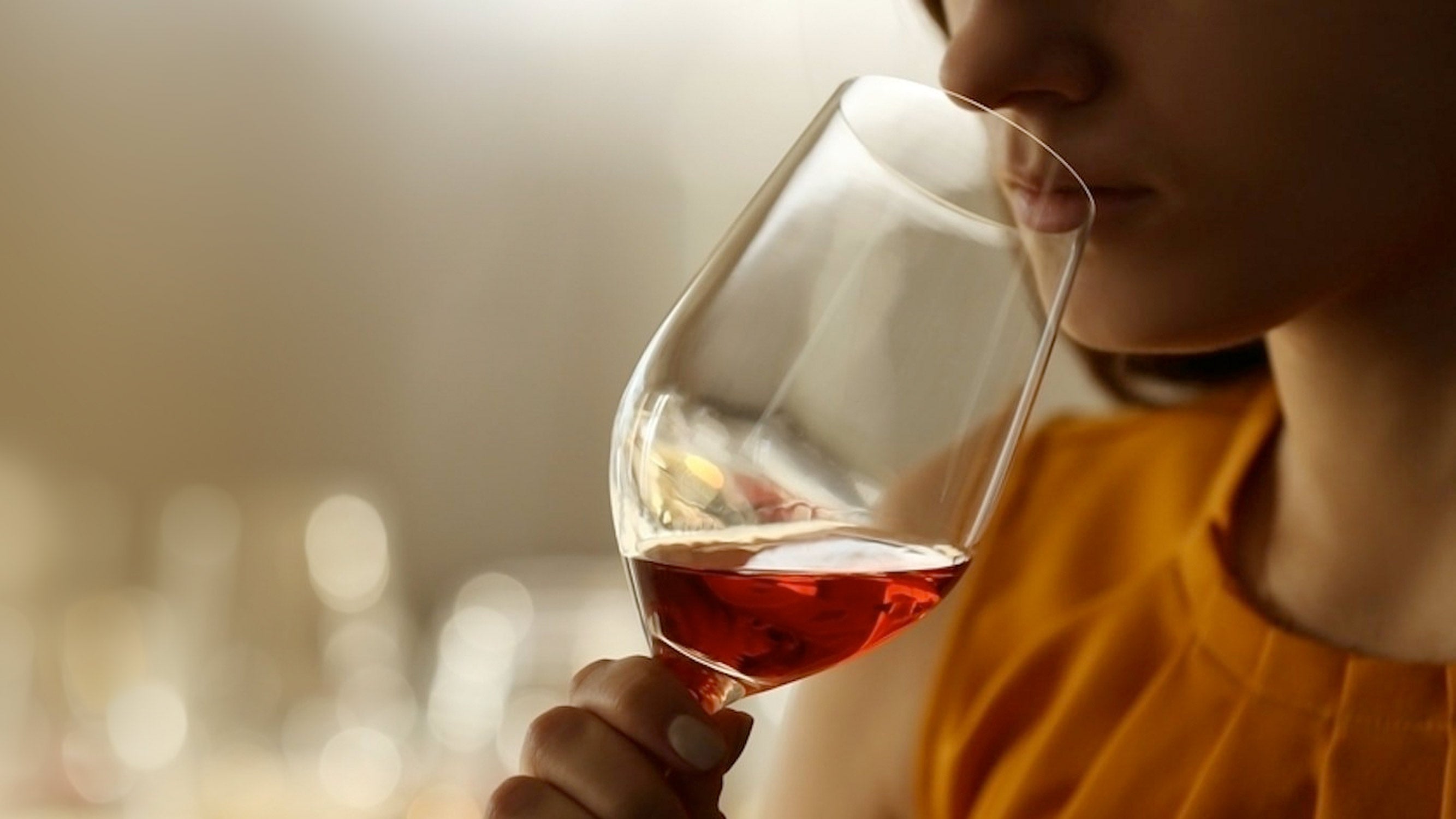While drinking wine may be a pastime for some, it’s an actual profession for others. Wine tasters around the world know the correct ways to taste wine in order to get the full flavors and aromas in the drink.
It’s not just a matter of understanding the different notes in the wine. There are proper wine tasting techniques and steps to follow to ensure that you can experience all the aspects of your drink.
Whether you’re a seasoned wine enthusiast, or are new to the wine tasting world, knowledge of the following basic methods will enhance your overall wine drinking experience.
Pour an appropriate serving
If you’re doing a wine tasting, the standard serving is about 75 to 90 ml of wine in a glass.
If you’re pouring regularly for any other occasion, the appropriate volume is double that of the wine tasting volume. Pour out anywhere between 150 to 180 ml of wine.
Related Article: What is Wine Tasting? Savouring the Goodness in the Grapes
Hold the wine glass properly
A wine glass consists of four parts – the rim, the bowl, the stem, and the base. Each element and their respective sizes serves a purpose.
Firstly, hold the stem of the glass between your forefingers and thumb. This not only keeps the glass steady; it also allows you to properly tilt your glass towards your mouth.
As we’ve learned, wine is best served at a chilled temperature, and it’s best to maintain this temperature for as long as possible.
It’s therefore important to not hold the glass by the bowl. Doing so will warm up the temperature of the already chilled wine.
How do you hold a wine glass without stem? For stemless wine glasses, the best way to hold it is to hold it in the area between the middle and the bottom.
Try your best not to touch the bottom of the glass because that will warm the wine up quicker.
Now that you know the basics, it’s time to get into the proper steps of wine tasting.
Related Article: A Guide to Choosing the Right Wine for Any Occasion
Follow the 5 S’s
Wine tasters everywhere swear by these five steps in order to fully understand and be immersed in the wine. Even if you’re drinking wine for kicks, following these methods will guarantee a more well-rounded experience.
1. See
You’d think that wine tasting wouldn’t involve the sense of sight, but it’s actually an important part of the process.
Before anything else, observe your wine in the glass. Note its colors, and try to be specific. If it’s a red wine, does it lean towards burgundy or a brighter red? If it’s a white wine, is it clear or is it more yellow?
These slight variations in color lets you know whether or not the wine was aged in oak casks. It allows you to get to know the wine before tasting it.
Pro tip
Hold the wine glass against a white background to bring out the color of the drink.
2. Swirl
Though you’ve now gained a tiny bit of insight into your wine, it still isn’t much of a clue as to how heavy or light the wine will feel on the tongue. You can try to gauge this level by swirling the glass.
To do this, hold the glass by the stem, right near the base. Gently move the glass against the surface of the table in circles. You can also swirl the wine while holding up your glass.
Once swirled, pay attention to the inner walls of the bowl. If the wine is sweet, it will usually leave more defined streaks on the glass.
Swirling wine will also let the wine oxidize further. This gets rid of unpleasant odors, such as the smell of the aging cork.
3. Sniff
It’s often said that wine is tasted just as much with the nose as it is with the palate. Therefore, it’s important to take your time to examine the aromas in your wine.
Tilt your glass towards you by the stem, place your nose near the opening and take a good whiff. What do you smell?
Pro tip
These are some scents to look out for:
- Fruits – berries, dark fruits, citrus, pear, peach, apricot, etc.
- Spices – cinnamon, pepper, vanilla, cardamom, nutmeg, etc.
- Wood – oak, charred oak, etc.
- Florals – rose, violet, lavender, geranium, citrus blossom, etc.
Related Article: Why Does Wine Taste Better with Age?
4. Sip
Now, all that’s left is to take a sip! Tilt the glass towards your mouth and take a generous sip, enough to cover the surface of your tongue with wine. Let it sit there for a few seconds.
At this point, the wine releases more of its aromas in the mouth. This allows you to fully enjoy all the smells and flavors of the wine.
An ever-popular question is whether or not to swallow the wine during a wine tasting. Some people opt not to, while others do.
It all depends on the extent you want to taste. Swallowing the wine will allow you to taste the wine’s flavors through your cheeks and as it travels down your throat.
Pro tip
While the wine is sitting in your mouth, purse your lips and leave just a small opening through which you breathe.
As oxygen passes through, the wine will further oxidize in your mouth and allow it to release more of its qualities directly onto your palate.
Take some time to note the feel and taste on your palate. Is it heavy or light? Does it lean towards dry, or is there some sweetness to it? What are the primary flavors that shine through?
5. Savor
Lastly, remember to savor the wine.
A wine’s “finish” is the aftermath after you’ve drunken your wine. To fully appreciate the finish, the wine must be swallowed.
Some questions to ask yourself as you savor what you’ve just tasted:
- How long do the flavors and aromas of the wine stay with you?
- Is there an aftertaste of alcohol of any kind?
- What were the dominant tastes that you noted? Did they overpower the other, more subtle notes?
Related article: 7 Tips to Improve Your Wine Drinking Experience
Looking for your favorite Wines? Minuman.com provides the widest selection of Wine. Order now and have your Wines delivered to your doorstep with fast delivery.














